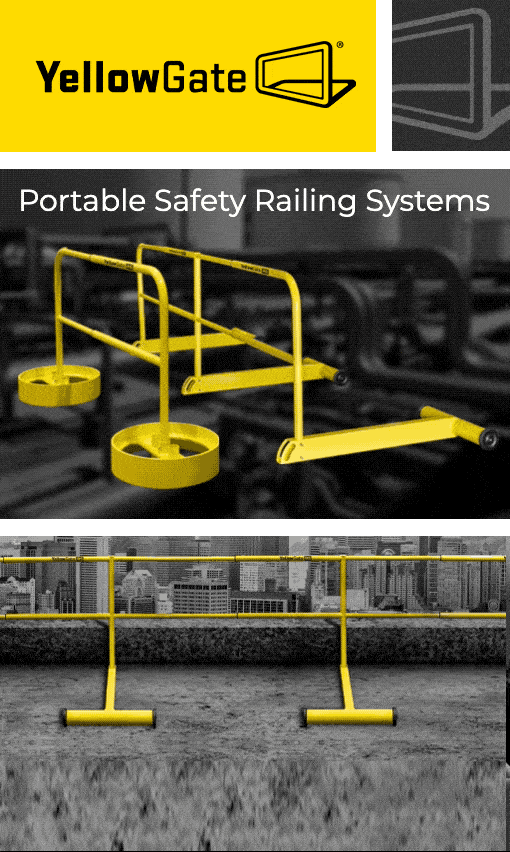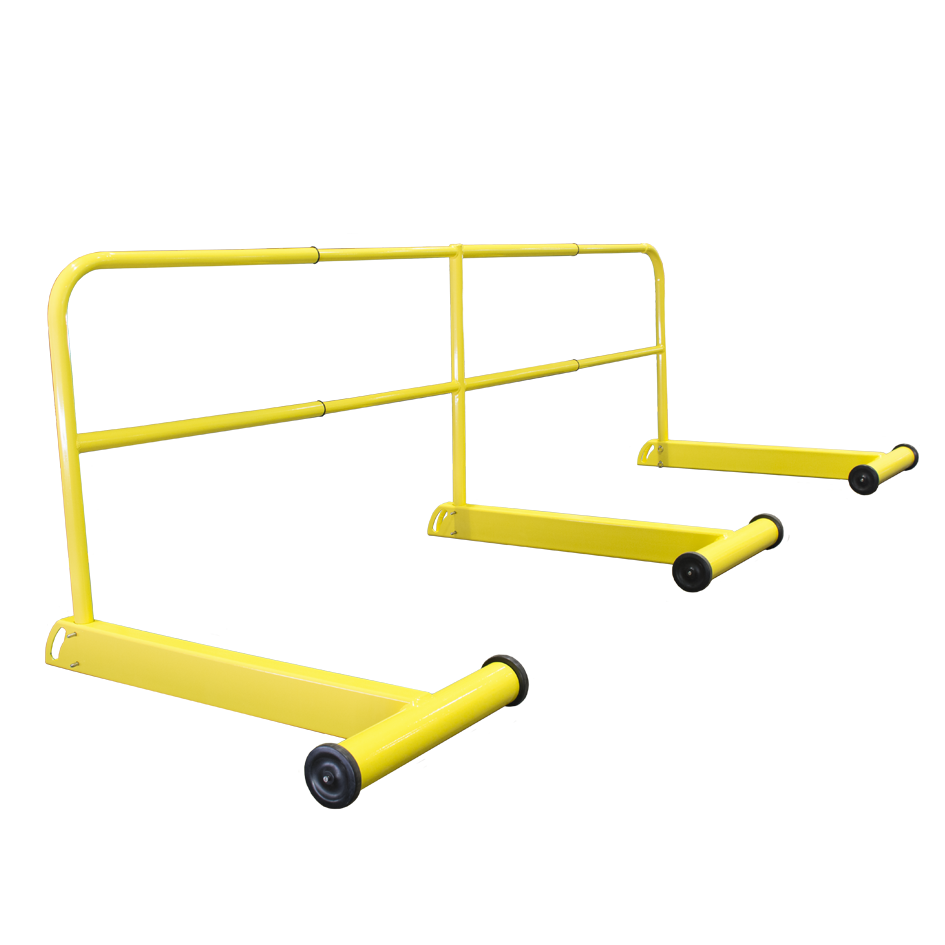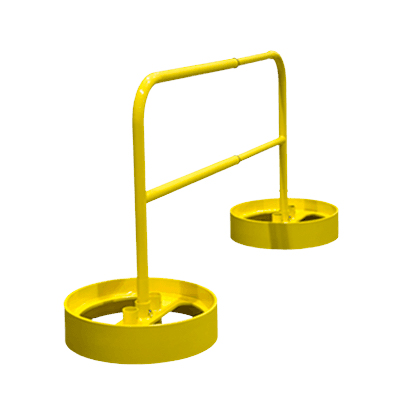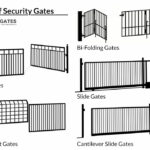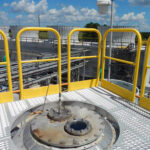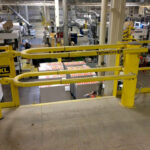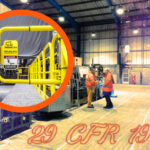The role of OSHA 1926 in ensuring industrial safety is enormous. By laying down precise guidelines that are enforceable under law OSHA 1926 has encouraged industrial undertakings to accord the safety and security of their workers the highest priority. It has also led to a considerable improvement in the design and quality of industrial safety equipment.
A classic example of this is the construction industry employing more than six million workers, which is under the purview of OSHA1926. As applied to this industry, it has an expansive 27 sub-parts. These encompass area as diverse as General Safety and Health Provisions, Occupational Health and Environmental Controls, Personal Protective and Life Saving Equipment, Fire protection and Protection, Tools- Hand and Power, Scaffolds, Fall Protection, Excavations, Steel Erection, Demolition, Ladders, Commercial Diving Operations, Cranes and Derricks in Constructions and so on.
There is no aspect of safety and security of industrial workers that has been left untouched. When we marvel at the high standards of the infrastructure that links our great land, a thought should be spared for the hard work put in by countless men and women to make this possible. It is their safety, security and welfare that OSHA1926 ensures.
The OSHA 1926 regulations are an improvement on the earlier OSHA 1910 regulations. The newer regulations are more contemporary and take into account the various changes that have crept across industries over the years. The OSHA 1910 regulations list general industry safety regulations applicable across industry worksites. The OSHA 29 CFR 1926 standards on the other hand focuses on the construction industry and the risks associated with it.
The thing about OSHA 1926 is that it is not all about compliance, but also about making an effort to prevent illness and injury among industrial workers. This necessitates both a commitment from the management and employees to ensure that this happens. Besides, one is required to carry out a proper analysis of worksite conditions as well as the hazard prevention and control measures in place. Lastly there is safety and health training to take care of.
OSHA 1926 gives detailed instructions about the extent of training required for myriad kinds of activity like accident prevention and signs, asbestos abatement training, chainsaw safety, compressed gas safety, driving safety, emergency action plan and so on. There really is no aspect of the safety and security of industrial workers employed in the construction industry that has been left to chance.
There are a host of manufacturers of safety equipment who design and manufacture products that make OSHA 1926 compliance possible. The construction industry today is a lot safer today for employees than it was a few years back, thanks to initiatives taken by major industry players as well the stellar quality safety products that are now being manufactured.
Take the case of customized fall protection – something taken very seriously indeed under OSHA 1926. Manufacturers of such equipment should possess the wherewithal and ability to effectively carry out the initial configuration, as well as install it for effective use. It would be ideal, if they would be able to create a customized work platform for their customers. This would allow both greater work flexibility and better safety for the workers.
That fall protection is taken very seriously by OSHA is evident by the fact that it has issued as many as 365 letters of interpretation, responding to queries seeking a clarification-a letter of interpretation for every day of the year. This was important, because there is often considerable confusion about how to interpret OSHA regulations.
Considering that there are compliance issues involved, it is absolutely imperative that all myths and misconceptions are removed at the earliest by all the entities carrying out business activities. It is in the interest of the entities in question, their employees and the industry as a whole that there be effective compliance with regard to OSHA 1926 compliance. The better compliance there is, the better will be the work conditions available to workers and that will in turn impact the bottom line positively.
Every year 21% of all work-related deaths were in the construction industry.[1] According to OSHA the four biggest causes of deaths in the construction industry are on account of falls, being struck by objects, electrocution and caught in between. Therefore, the necessity of strict compliance with OSHA 1926 regulations cannot be understated.
That apart, initiatives taken by construction industry stakeholders including business owners and safety equipment manufacturers from the construction industry go a long way in ensuring greater safety for construction workers. The construction industry is the backbone of the economy of any nation and the more efficient it is the better it is for the economy. More importantly the safety, security and welfare of the millions of workers employed in the industry needs to be taken care of in the best possible manner. This will ensure that those who move the wheels of a nation’s economy have a personal stake in the work that they perform.
[1]http://www.imectechnologies.com/2018/07/30/construction-safety-21-of-all-work-deaths-in-the-us-were-in-construction/
